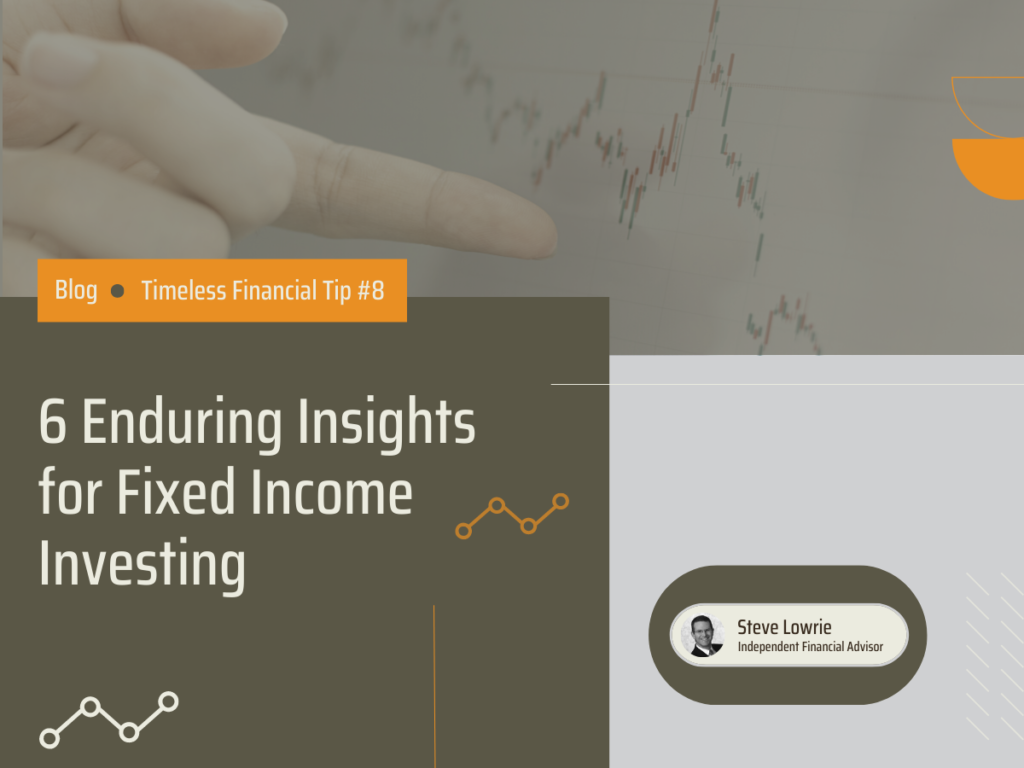
By Lorne Marr, Jane Cotnam and Mohammed Azeez Amer,
FitInsure.ca
Special to Financial Independence Hub
Each applicant’s lifestyle figures heavily into the underwriting process for traditional/standard and rated policies. While simplified issue insurance does not have a medical exam, lifestyle/health questions are asked; the answers affect both the success of the application and the premium. Guaranteed issue insurance has no questions or medical exams – but this is typically reserved for applicants as a last resort. Guaranteed issue is expensive, has limiting conditions, and offers low coverage.
By taking care of the following lifestyle factors today, applicants greatly improve their access to favourable premiums on standard insurance.
10 Lifestyle Factors and how they Impact Life Insurance Premiums
- Quit smoking – Smoking has been proven to be a major risk factor for many health issues including cancer, heart disease, and stroke.
- Lose weight – Being overweight or obese increases your risk of developing chronic diseases such as diabetes, heart disease, and stroke.
- Reduce alcohol consumption – Excessive drinking can increase your risk of developing liver disease, high blood pressure, stroke, and other health problems.
- Get your blood pressure under control – High blood pressure increases your risk of developing several serious diseases. Keeping your blood pressure under control through diet, exercise, and medication will help reduce this risk.
- Lower your cholesterol – High cholesterol increases your risk of developing heart disease, among other problems. Eating a healthy diet and exercising regularly will help lower cholesterol levels.
- Increase water intake – Water makes you feel full faster so that you eat less food overall, which helps with weight loss efforts as well as reducing the amount of sugar in the body – and that helps with diabetes management too! Drinking more water throughout the day is an easy way to improve overall health.
- Meditate – Meditation has been shown to have positive impacts on both mental health and physical health by reducing stress levels, which in turn helps with weight management efforts too. Taking some time each day to practice meditation is an easy way to improve overall well-being.
- Eat more vegetables – Eating more vegetables is an easy way to improve overall nutrition while helping to lower life insurance premiums at the same time. Vegetables are packed with vitamins, minerals, antioxidants, and fibre, which all work together to promote better health outcomes.
- Exercise – Regular exercise has been proven to have numerous benefits for both physical and mental well-being including improved moods, increased energy levels, and improved cardiovascular fitness, which all contribute towards lowering life insurance premiums.
- Develop good sleep habits – Getting enough quality sleep each night is essential for maintaining good physical and mental health.
A Closer Look: Examples
Insurance broker Jane Cotnam shares a story about the power of weight loss impacting life insurance premiums.
“I had a client who applied for level CI with Canada Life. She was rated for her weight,” says Cotnam. “Bordering on obesity, this was the determining factor in her finally losing the weight. It’s been six months and she is down 50 pounds so far. She’s so much more confident now and will continue to lose weight in order to get a standard premium.”
Broker Mohammed Azeez Amer is also happy to share details by showing how Equitable Life’s Stop Smoking Incentive Program (ELSSIP) works.
“Applicable to Equation Generation IV and Equimax, the ELSSIP can be offered to applicants that have ‘quit smoking for 12 consecutive months within the first two policy years. Equitable Life will refund the difference between what they paid as a smoker and what they would have paid as a non-smoker for a maximum one month period. Eligibility is subject to certain conditions including a negative cotinine level and evidence of continued insurability. Term clients may be eligible to move from a Class 4 Preferred Smoker or Class 5 Smoker to a Class 3 Non-Smoker.’”
The Best Way to Get the Best Rate
Taking care of one’s health improves more than life insurance premiums. It improves quality of life and longevity. Health is a gift you can give yourself, and then enjoy its many resulting benefits. Yet, good health is not always in our hands. Illnesses or accidents can rob us no matter our good intentions. Continue Reading…





